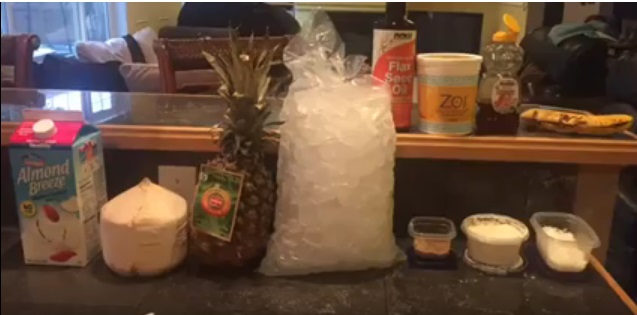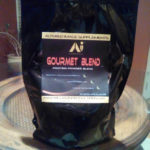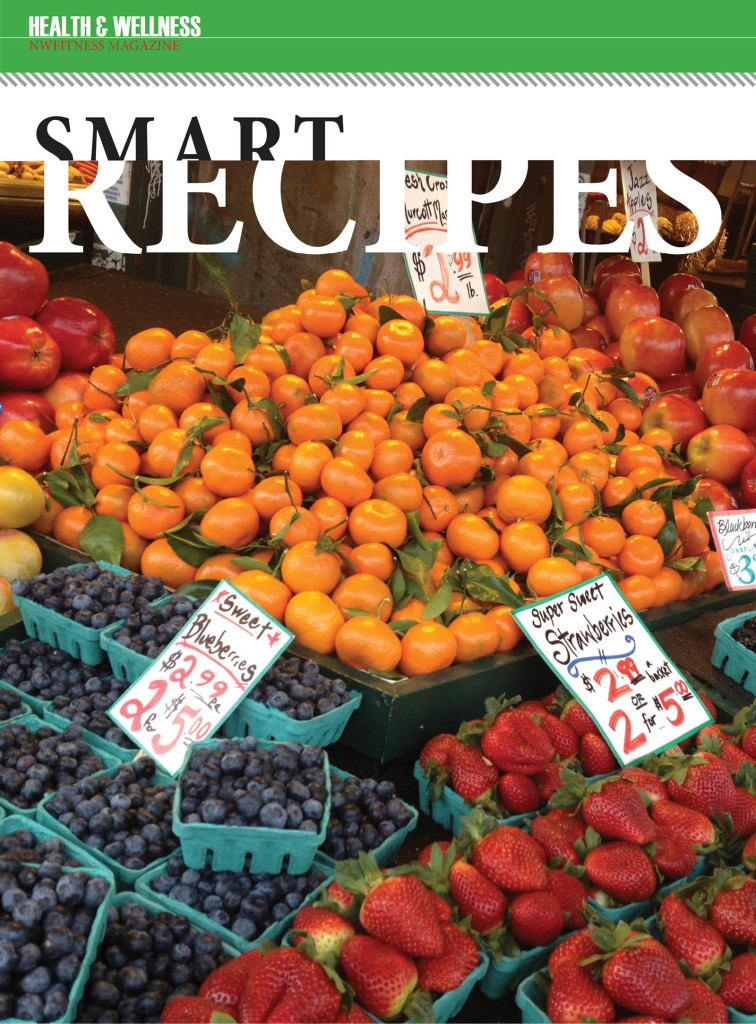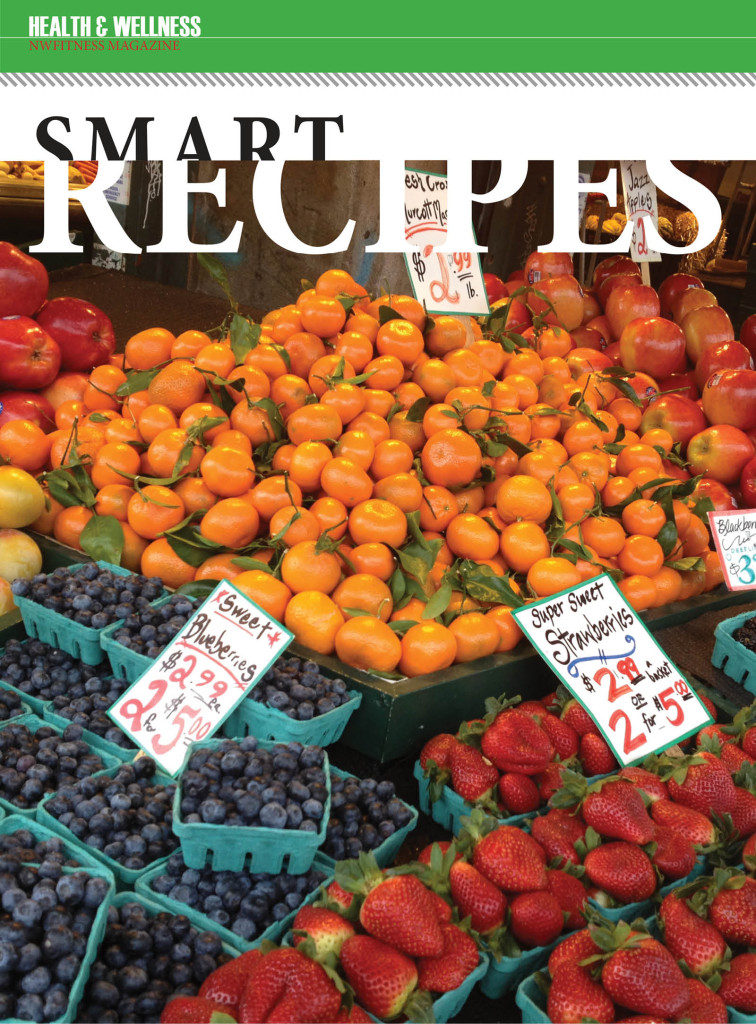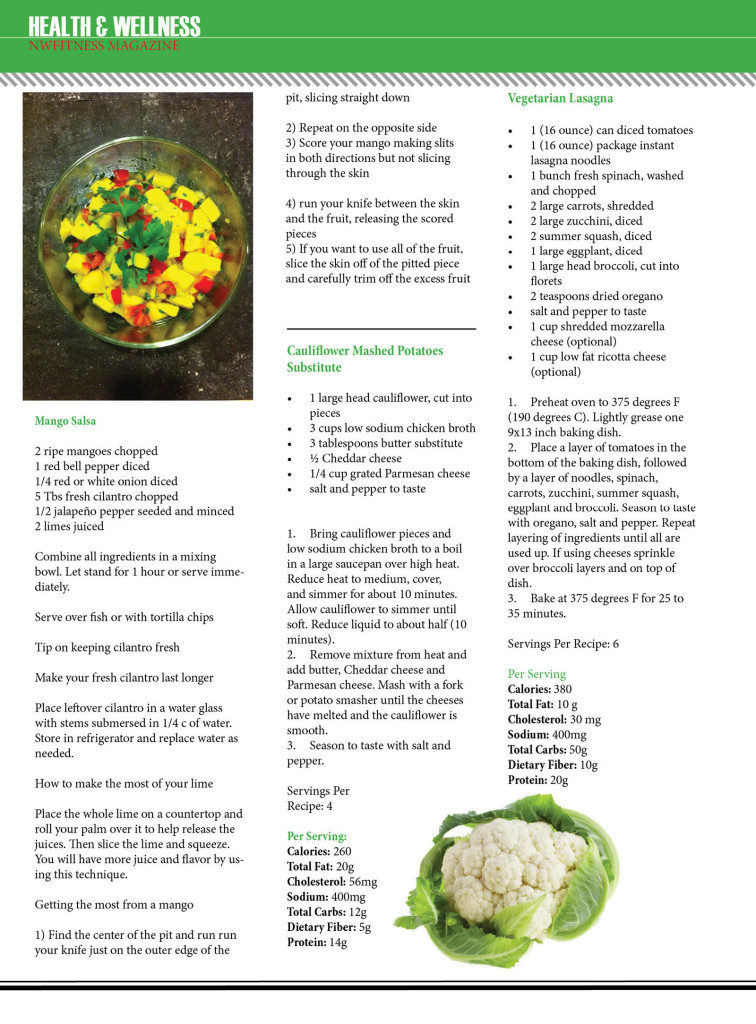
3 SETS TO SUCCESS Jeremy Williams Exercise Program
Williams Program Basic Weight Training Guidelines
- Train each body part once a week with intensity (to failure).
- 3-6 sets per body part
- 1-3 sets per exercise
- 1-6 exercises per body part
- Train each set to failure
- Train with good form
- Do not do movements that hurt a pre-existing injury
Bodypart workout template example
Warm up set 20-40 reps
Exercise # 1
1-2 sets
12-20 reps
Exercise # 2
1-2 sets
8-12 reps
Exercise # 3
1-2 sets
3-8 reps
| Mon |
Tue |
Wed |
Thu |
Fri |
Sat |
Sun |
| Quads
Calves |
Chest
Abs |
Back
(Upper & lower) |
Hams
Calves |
Shoulders
(Delts & Traps) |
Biceps
Forearms |
Triceps
abs |
Mon (Quads & Calves)
Quads
Note – Warm up sets = light, controlled, good form, not to failure, and increase in weight from sets one through three.
Warm up set #1 – Squats – Rep range 15 – 20 – Squats Wide stance
Warm up set #2 – Squats – Rep range 8 – 15 – Squats Close stance
Warm up set #3 – Squats – Rep range 1 – 8 – Shoulder width stance
Stretch Legs
Working Set #1 – Rep range 1 – 8 – Squats – Shoulder width stance
Working Set #2 – Rep range 1 – 8 – Squats – Shoulder width stance
Working Set #3 – Rep range 8 -15 – Squats – Squats Close stance
Working Set #4 – Rep range 15 -20 – Squats -Squats Wide stance
Calves
Warm up set #1 – Standing calf raises
Warm up set #2 – Standing calf raises
Warm up set #3 -Standing calf raises
Working Set #1 – Rep range 1 – 8 – Standing calf raises – Toes straight
Working Set #2 – Rep range 1 – 8 – Standing calf raises – Toes straight
Working Set #3 – Rep range 8 -15 – Standing calf raises – Toes out
Working Set #4 – Rep range 15 -20 – Standing calf raises -Toes in
Tue (Chest & Abs)
Chest
Note – Warm up sets = light, controlled, good form, not to failure, and increase in weight from sets one through three.
Warm up set #1 – Bench Press – Rep range 15 – 20 – Close grip
Warm up set #2 – Bench Press – Rep range 8 – 15 – Wide grip
Warm up set #3 – Bench Press – Rep range 1 – 8 – Shoulder or mid grip
Stretch chest, shoulders, and triceps
Wed (Back)
Bent over rows
Thu (Hamstrings & Calves)
Straight leg deadlifts
Standing calf raises
Fri (Shoulders (Delts & Traps)
Side lateral raises
Front lateral raises
Rear lateral raises
Shrugs
Sat (Biceps & Forearms)
Curls
Wrist curls
Reverse grip wrist curls
Sun (Triceps)
Overhead tricep extensions
Examples of weekly body part groupings
7 days/week program option
Day 1 Quads, Calves
Day 2 Chest
Day 3 Back
Day 4 Hams, Calves
Day 5 Shoulders
Day 6 Biceps
Day 7 triceps
6 days/week program option
1 Day off per week. You may adjust where your “Off day falls depending on your preference
Day 1 Legs (quads, hamstrings, calves)
Day 2 Chest
Day 3 Back
Day 4 Shoulders (deltoid, trapezius)
Day 5 Biceps
Day 6 Triceps
5 days/week program option
2 Days off per week. You may adjust where your “Off days fall depending on your preference
Day 1 Legs (quads, hamstrings, calves
Day 2 Chest
Day 3 Back
Day 4 Shoulders (deltoid, trapezius)
Day 5 Biceps, Triceps
4 days/week program option
3 Days off per week. You may adjust where your “Off days fall depending on your preference
Day 1 Legs (quads, hamstrings, calves
Day 2 Chest, Triceps
Day 3 Back, Biceps
Day 4 Shoulders (deltoid, trapezius)
4 days/week program option
3 Days off per week. You may adjust where your “Off days fall depending on your preference
Day 1 Legs (quads, hamstrings, calves
Day 2 Chest, Shoulders (deltoid, trapezius)
Day 3 Back
Day 4 Biceps, Triceps
4 days/week program option
3 Days off per week. You may adjust where your “Off days fall depending on your preference
Day 1 Legs (quads, hamstrings, calves)
Day 2 Chest
Day 3 Back, Biceps
Day 4 Triceps, Shoulders (deltoid, trapezius)
3 days/week program option
4Days off per week. You may adjust where your “Off days fall depending on your preference
Day 1 Legs (quads, hamstrings, calves)
Day 2 Chest, Triceps, Shoulders (deltoid, trapezius)
Day 3 Back, Biceps
